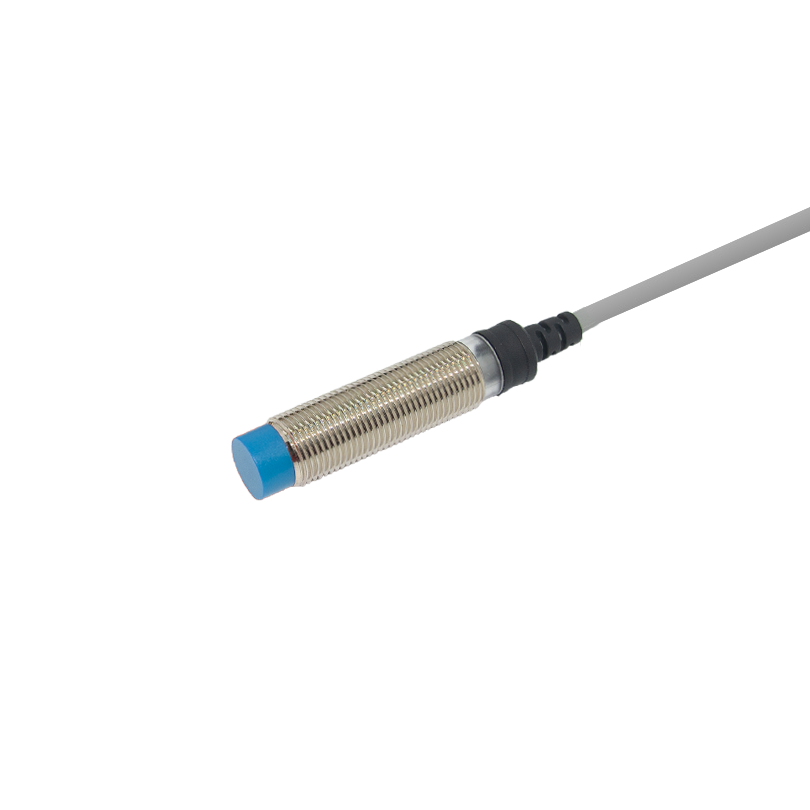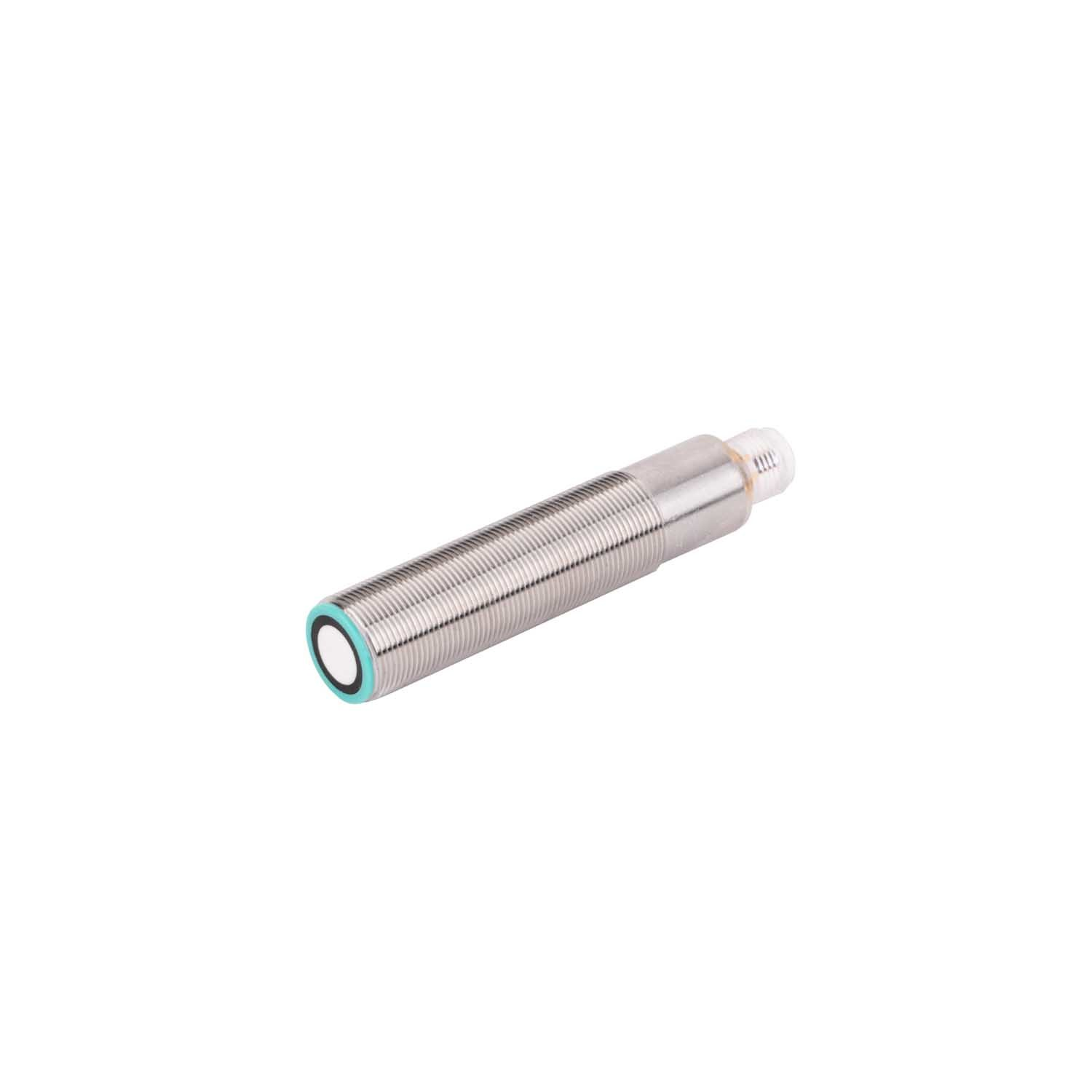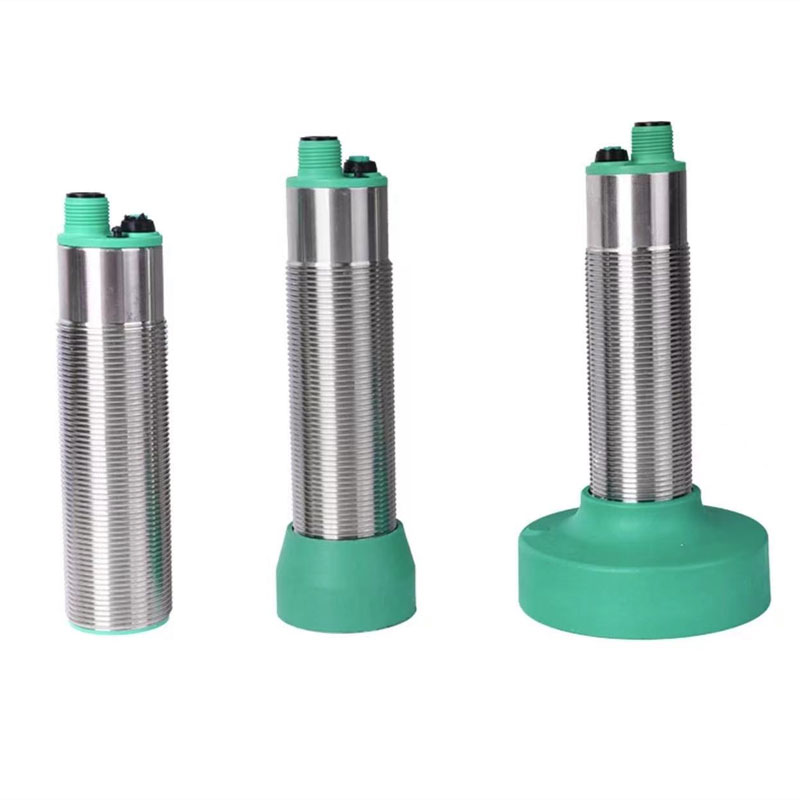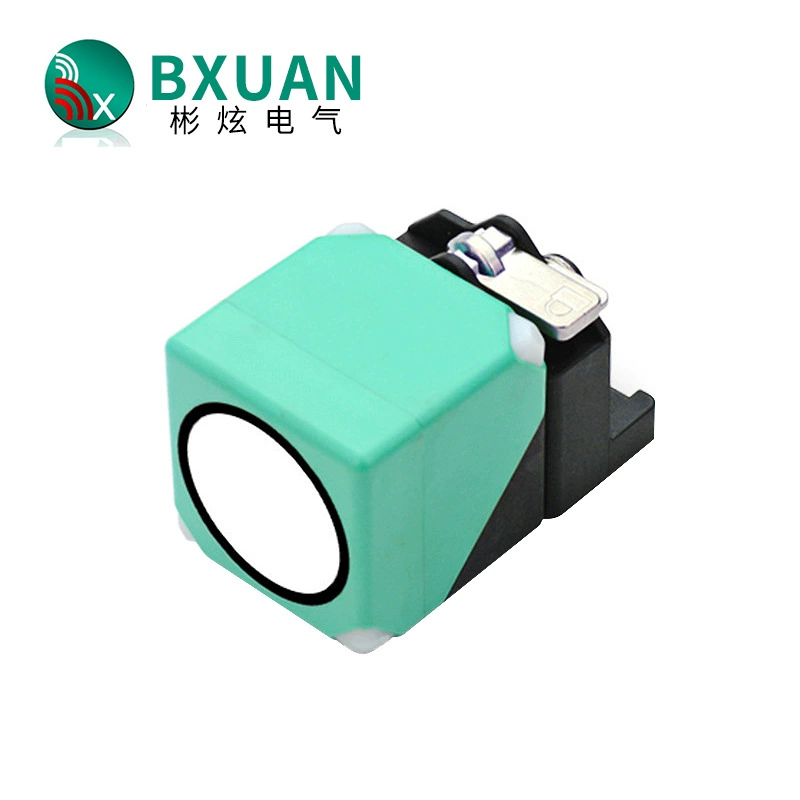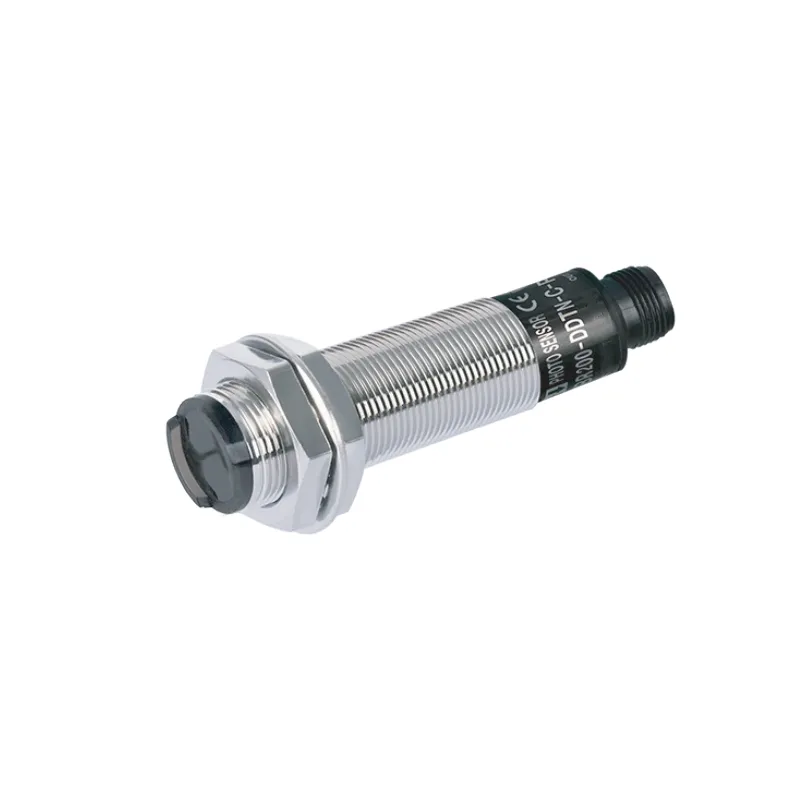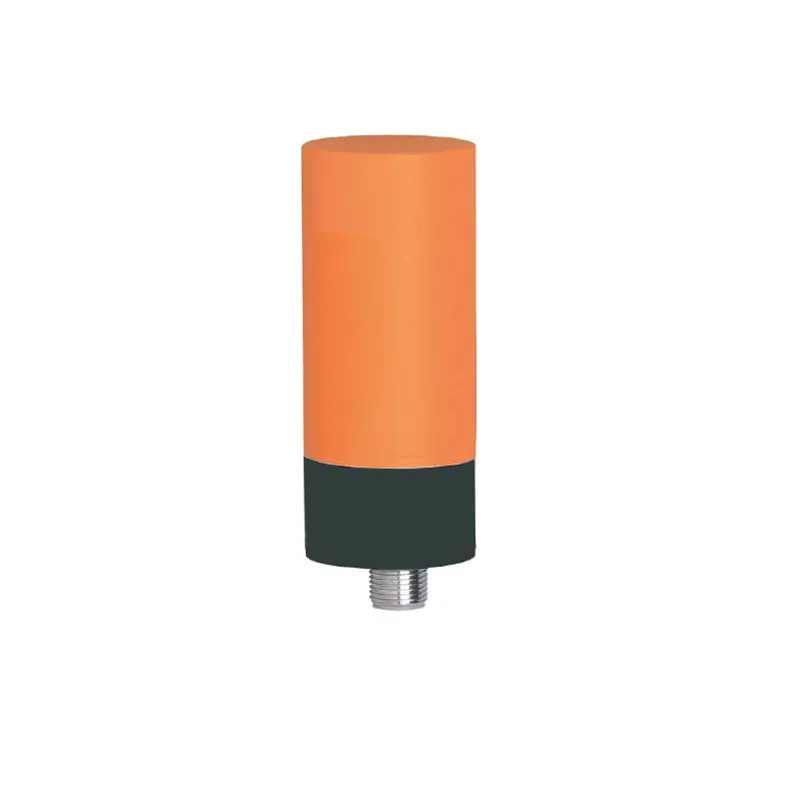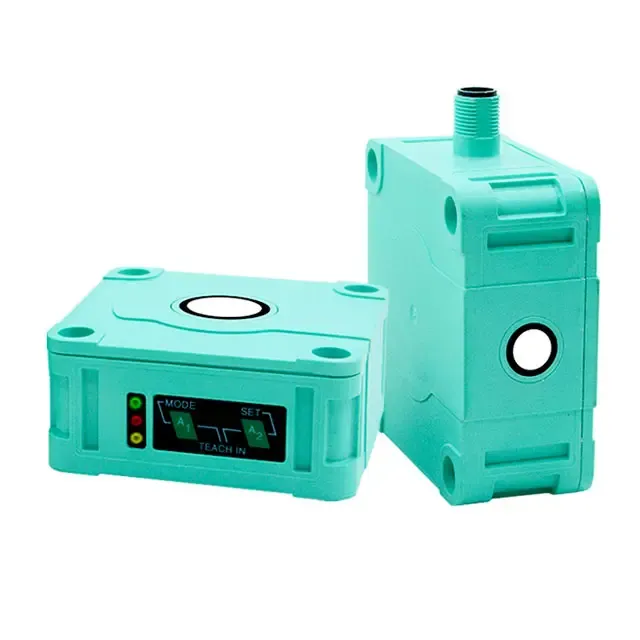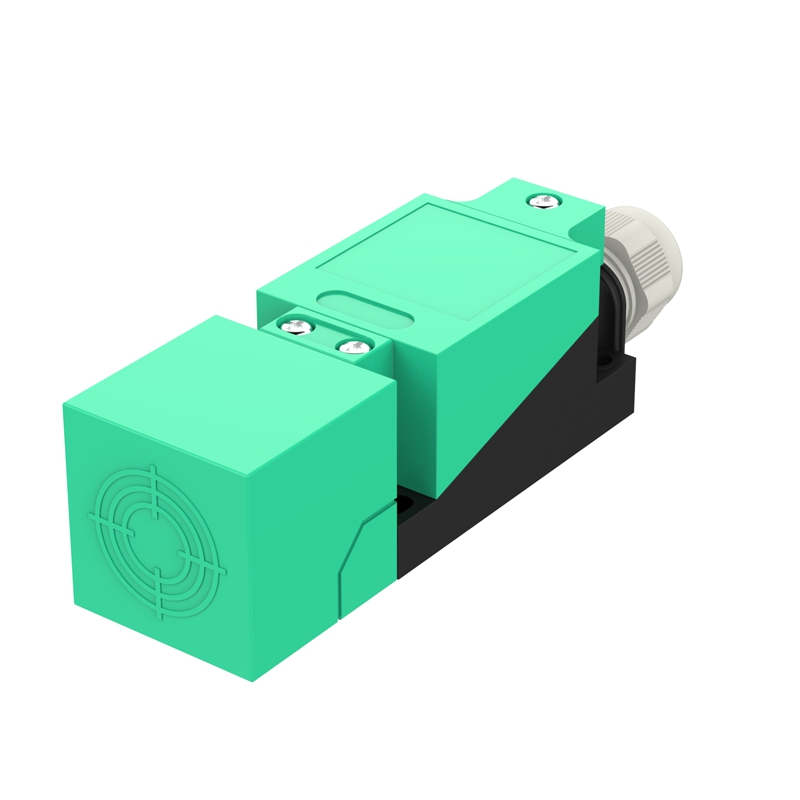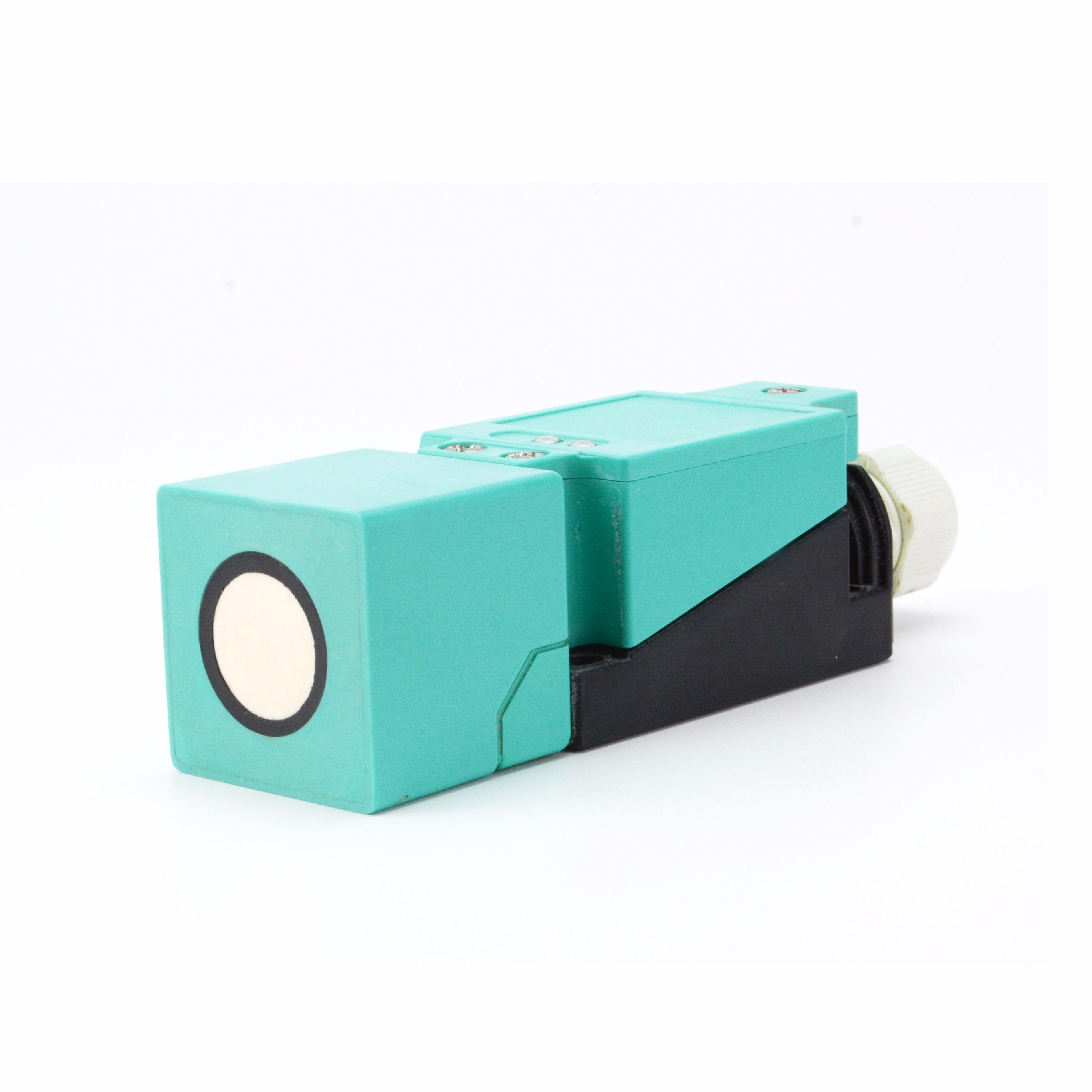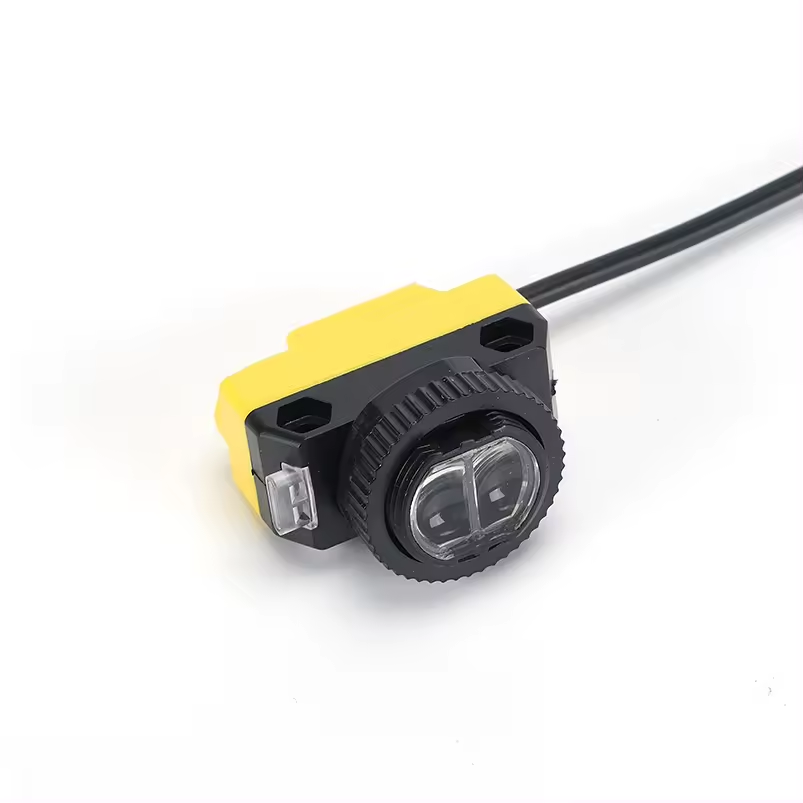ultrasonik sensör nasıl çalışıyor
Ultrasonik sensörlerin çalışma prensipleri, insan işitme aralığının ötesinde olan ses dalgalarının yayılması ve alınması etrafında şekillenir. Bu cihazlar, yüksek frekanslı ses darbeleri göndererek ve bir nesneye çarptıktan sonra geri dönen yankının ulaşma süresini ölçerek çalışır. Sensörün transdüseri hem verici hem de alıcı olarak görev yapar ve elektrik enerjisini ses dalgalarına ve tam tersi şekilde dönüştürür. Genellikle 40 kHz ile 70 kHz arasında frekanslarda çalışan bu sensörler, havadaki ses hızını kullanarak doğru mesafe ölçümleri sağlar. Çalışma mekanizması, darbe gönderildiğinde başlatılan ve yankı geri döndüğünde durdurulan bir zamanlayıcıyı içerir; bu da hassas mesafe hesaplamalarına olanak tanır. Modern ultrasonik sensörler, gürültüyü süzmek ve güvenilir ölçümler sağlamayı amaçlayan gelişmiş sinyal işleme algoritmalarını bünyesinde barındırır. Düşük ışık koşullarında ve şeffaf ya da yansıtıcı yüzeylerde etkili olmaya devam ederek çeşitli ortamlarda üstün performans gösterirler. Bu teknoloji, otomotiv park sensörlerinden endüstriyel otomasyona, sıvı seviye izlemeye ve robotik uygulamalara kadar birçok sektörde kullanılmaktadır. Fiziksel temas olmadan çalışabilme yetenekleri, kırılgan veya tehlikeli malzemelere olan mesafelerin ölçülmesi için onları ideal hale getirir.

